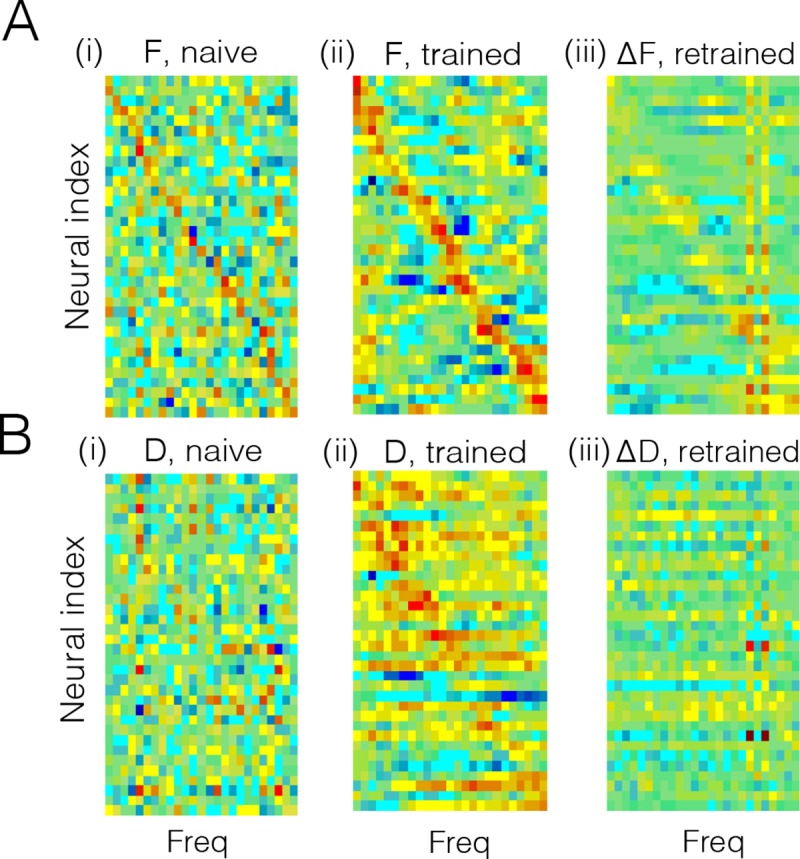Fig 6. Feedforward and recurrent connection structure before and after learning speech sounds.

A. (i) Feedforward weights of neurons before learning. These weights correspond to the spectral receptive fields (SRF) of the neurons, since they weight the different frequency bands. Although set to random, a weak diagonal is visible because neurons were sorted according to maximal frequency. Bluish colors correspond to negative values, reddish colors to positive values. (ii) Feedforward weights or SRFs after learning. The SRFs now have an excitatory subfield, and one or two inhibitory subfields, compatible with SRFs observed in primary auditory cortex [38]. Note that the neurons have been resorted according to maximal frequency. (iii) Change in SRFs after re-training with a new stimulus (see Fig 5D). The SRFs change selectively (positively and negatively) at the position of the trained frequencies. The frequency-selective change in SRFs is in line with fast plastic changes of SRFs observed following behavioral training [39]. There is also a small decrease in gain at other frequencies, due to the competition with the new stimulus. B. Same as in A, but for the decoding weights. (i) Decoding weights before learning appear random. Here, we sorted neurons as in A(i) in order to ease the comparison of feedforward and decoding weights. (ii) After learning, the decoding weights are more structured and broader than the SRFs in A(ii), compatible to the decoding filter of speech measured in auditory cortex [38]. Same sorting of neurons as in A(ii). (iii) After re-training to the new stimulus, a small number of decoding filter (neurons) “specialize” to the new stimulus, while the decoding weights of the others change only mildly. The network thereby minimizes its firing rate response to the new stimulus, while still providing an accurate representation of it.
